
Cyrtostachys renda: - Plant
(MRP Inclusive of all taxes)
- Shipping ₹79 for entire order
- Dispatch in 7 days
- Country of origin: India

(MRP Inclusive of all taxes)
 Save 29%
Save 29%
Air Purifier Money Plant with Pot The Air Purifier Money Plant, also known as Pothos or Epipremnum aureum, is a stunning indoor plant that...
View full details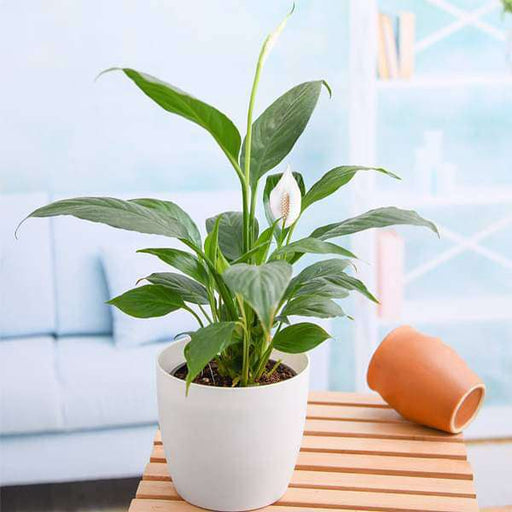
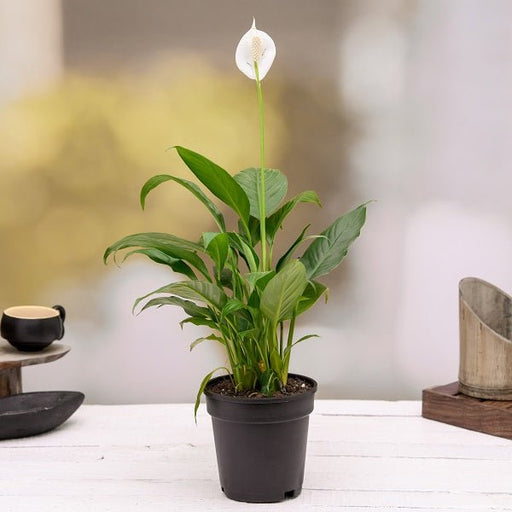 Save up to 15%
Save up to 15%
Peace Lily, Spathiphyllum - Plant The Peace Lily, scientifically known as Spathiphyllum, is a stunning houseplant celebrated for its elegant white...
View full details
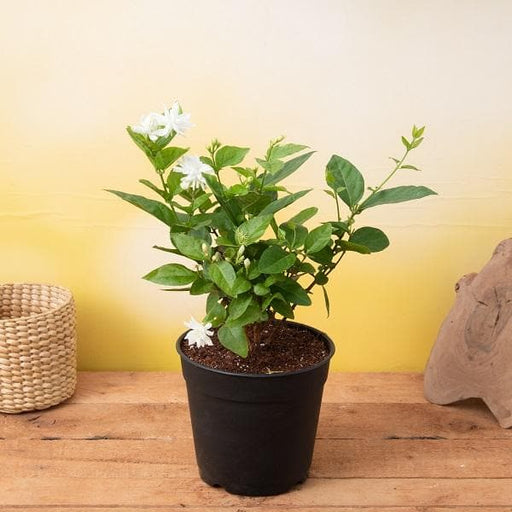 Save 25%
Save 25%
Jasminum sambac, Mogra, Arabian Jasmine - Plant Jasminum sambac, commonly known as Mogra or Arabian Jasmine, is a fragrant flowering plant...
View full details
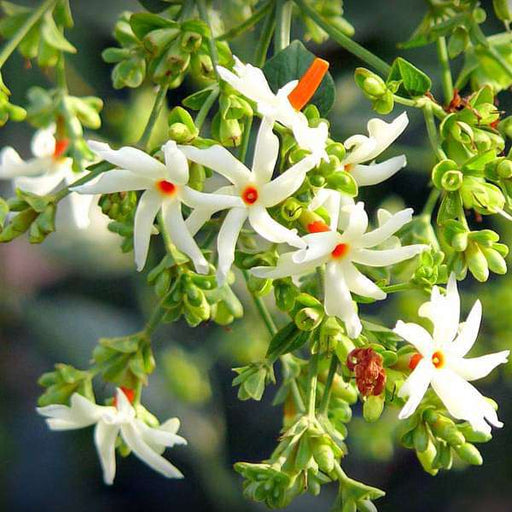 Save 18%
Save 18%
Combo Constituents Includes the Parijat Tree (Night-Flowering Jasmine), a culturally significant plant with fragrant flowers. Description The Pari...
View full details
 Save 25%
Save 25%
Miniature Rose, Button Rose (Any Color) - Plant The Miniature Rose, also known as the Button Rose, is a charming and compact flowering plant that ...
View full details Save 25%
Save 25%
Damascus Rose, Scented Rose (Any Color) - Plant The Damascus Rose, also known as Rosa damascena, is a timeless symbol of beauty and romanc...
View full details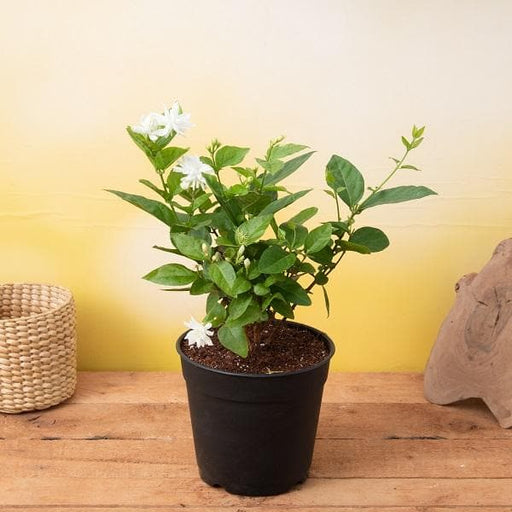
 Save 17%
Save 17%
Beautiful Fragrant Mogra, Arabian Jasmine Plant with Pot The Beautiful Fragrant Mogra, also known as Arabian Jasmine (Jasminum sambac), is...
View full details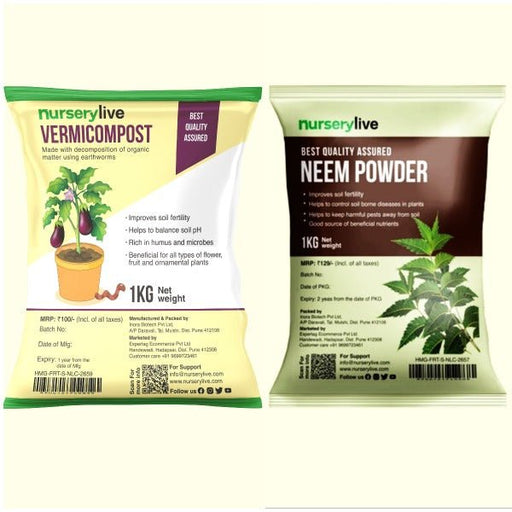 Save 15%
Save 15%
Pack of Vermicompost and Neem Cake for House Plants Transform your indoor garden with our premium Pack of Vermicompost and Neem Cake, spec...
View full details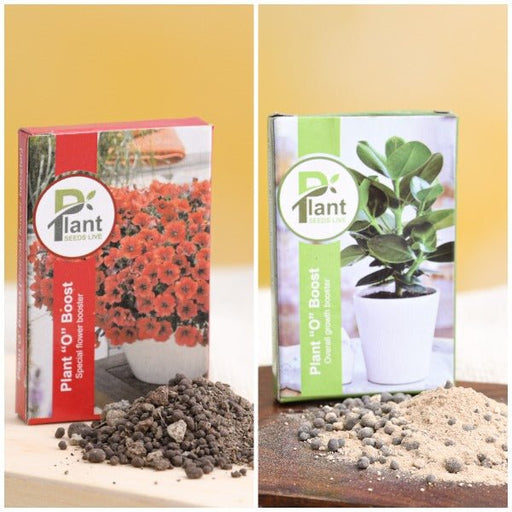
Pack of Plant Growth and Flower Boosters Unlock the full potential of your garden with our Pack of Plant Growth and Flower Boosters! This ...
View full details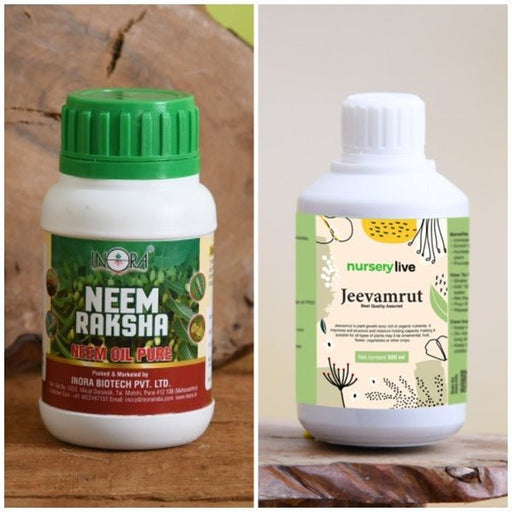 Save 38%
Save 38%
Combo of Jeevamrut and Neem Raksha for Easy Growth and Protection of Houseplants Transform your indoor garden with our exclusive combo of ...
View full details Save 22%
Save 22%
Plant Nutrients Kit (Pack of 16) for a Healthy Garden Transform your garden into a lush paradise with our Plant Nutrients Kit, featuring 1...
View full details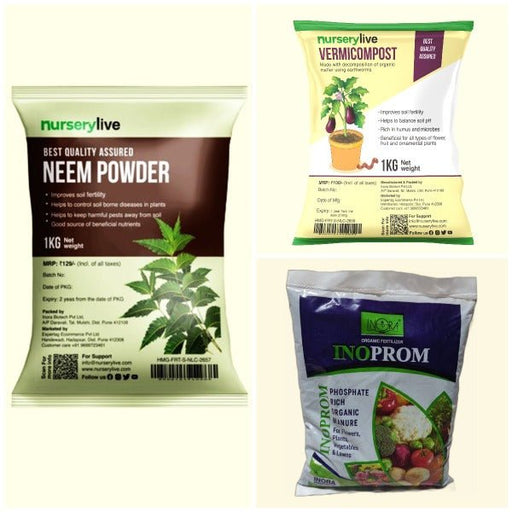 Save 16%
Save 16%
Combo of Top Plant Fertilizers Elevate your gardening game with our exclusive Combo of Top Plant Fertilizers, featuring two bags of premiu...
View full details Save 24%
Save 24%
Pack of 4 Additives to Make Soil Healthy and Nutrient Rich Transform your garden into a thriving ecosystem with our Pack of 4 Additives de...
View full details Save 30%
Save 30%
Transform your gardening experience with our premium Combo of Perlite and Vermiculite. This unique blend is designed to enhance soil aeration and ...
View full details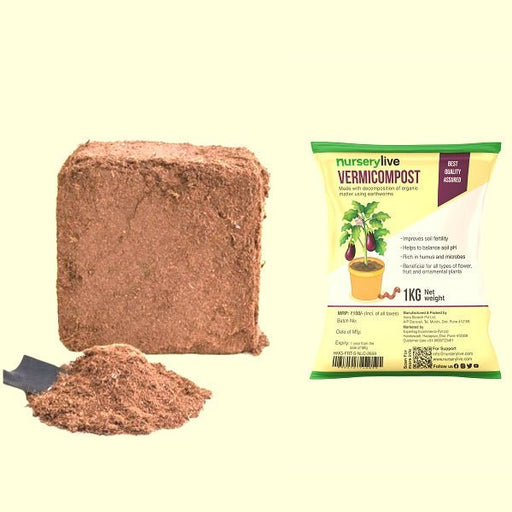 Save 27%
Save 27%
Combo of 2 Vermicompost and Cocopeat - Enrich Your Soil Naturally! Transform your garden into a thriving ecosystem with our Combo of 2 Ver...
View full details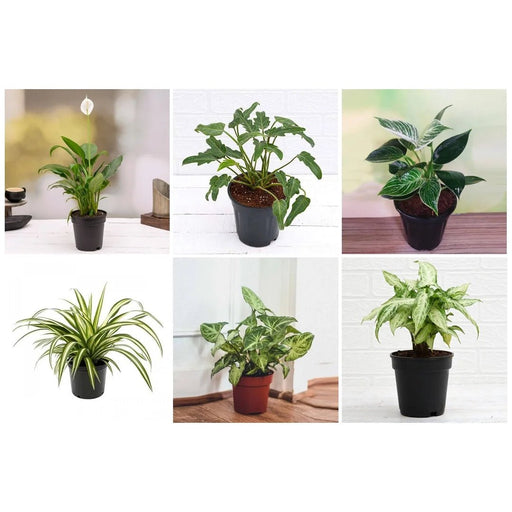
 Save 35%
Save 35%
Best 6 Plants for Perfect Indoor Garden Transform your living space into a lush oasis with our curated collection of the Best 6 Plants for a...
View full details
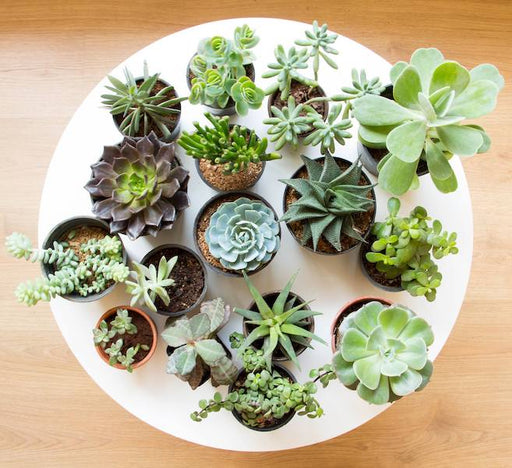 Save up to 50%
Save up to 50%
Mini Succulent Garden Pack Transform your space with our Mini Succulent Garden Pack, featuring a delightful collection of 4 any variety beautiful s...
View full details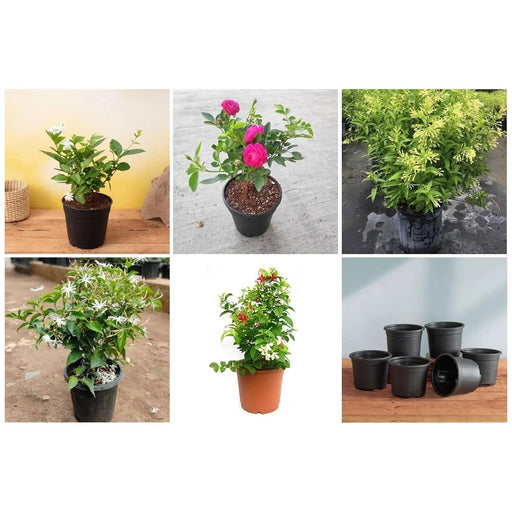
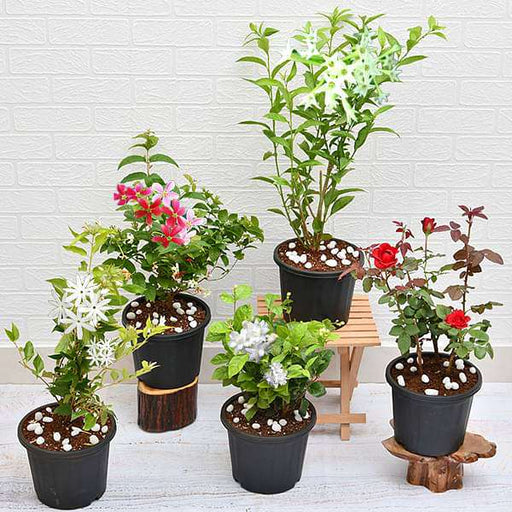 Save 30%
Save 30%
5 Best Fragrant Plants Transform your garden or indoor space into a fragrant paradise with our curated selection of the 5 Best Fragrant Plants. Th...
View full details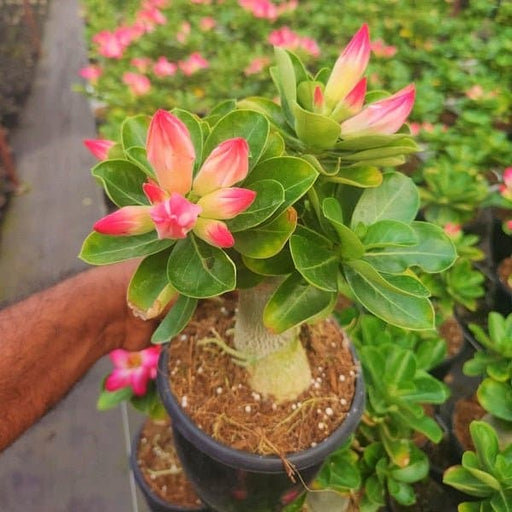
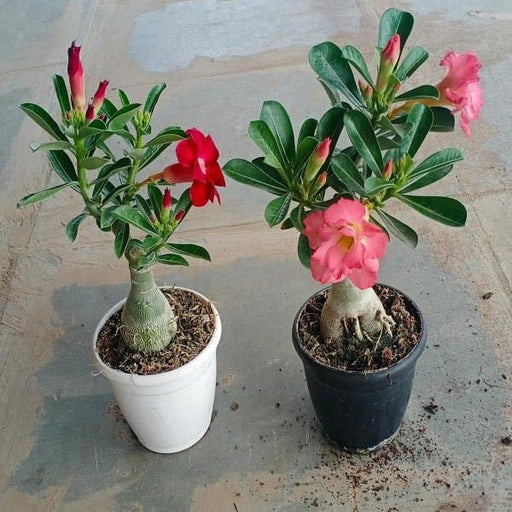 Save 24%
Save 24%
Set of 2 Bonsai Looking Grafted Adeniums Transform your indoor or outdoor space with our exquisite Set of 2 Bonsai Looking Grafted Adenium...
View full details Save 45%
Save 45%
Top 4 Die Hard Succulents Pack Transform your indoor or outdoor space with our Top 4 Die Hard Succulents Pack, featuring a curated selecti...
View full details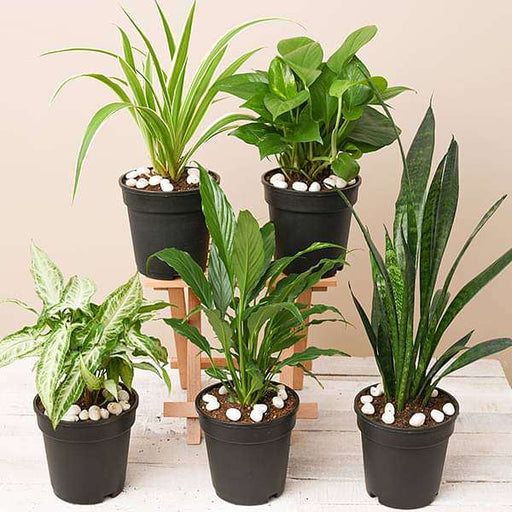
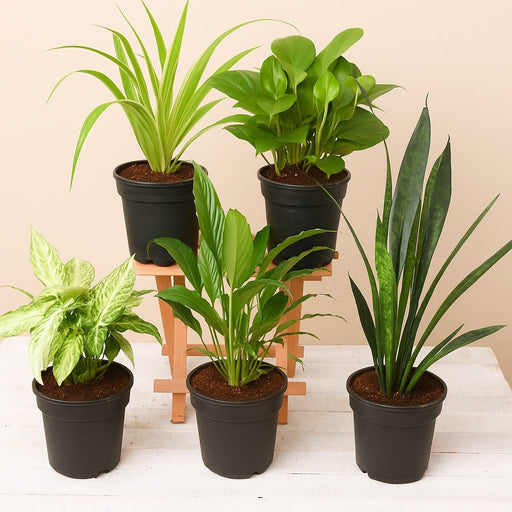 Save 30%
Save 30%
5 Best Indoor Plants Pack Transform your living space into a lush oasis with our '5 Best Indoor Plants Pack.' This carefully curated collection fe...
View full details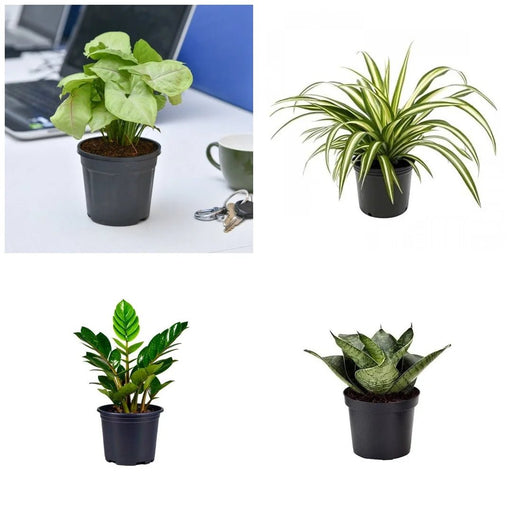
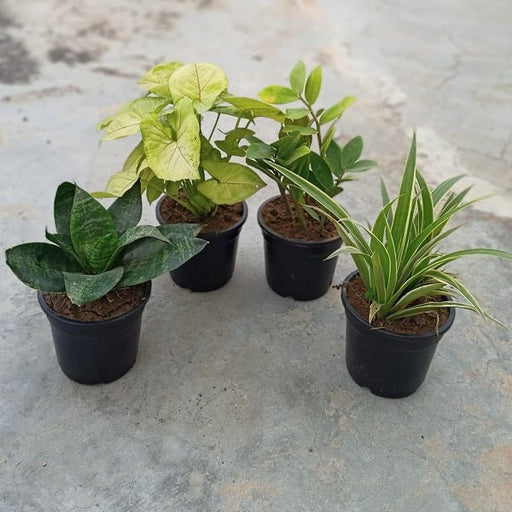 Save 25%
Save 25%
Set of 4 Evergreen Air Purifier Plant Pack Transform your indoor space into a lush, green oasis with our Set of 4 Evergreen Air Purifier Pla...
View full details| SrNo | Item Name |
|---|---|
| 1 | Cyrtostachys renda: - Plant |
Cyrtostachys renda, commonly known as the Lipstick Palm, is a stunning tropical plant native to the rainforests of Southeast Asia. Renowned for its vibrant red petioles and slender green fronds, this palm adds a touch of exotic elegance to any landscape. It thrives in humid environments, making it a popular choice for indoor and outdoor gardens alike.
What sets Cyrtostachys renda apart is its unique coloration and graceful appearance. The striking contrast between the vivid red stems and lush green leaves creates a visual spectacle that captivates plant enthusiasts and casual observers alike. This palm is not just a pretty face; it also plays a vital role in its ecosystem, providing habitat and food for various wildlife.
One of the special features of the Lipstick Palm is its ability to adapt to different light conditions, thriving in both full sun and partial shade. Its slow growth rate makes it an ideal choice for those looking to cultivate a long-lasting, low-maintenance plant that will enhance their garden's aesthetic appeal.
Cyrtostachys renda plays a crucial role in its native ecosystem by providing shelter and food for various species. Its cultivation can help promote biodiversity and combat deforestation, making it a valuable addition to sustainable landscaping practices.
Taking care of your Cyrtostachys renda is like nurturing a diva; it demands attention and a bit of pampering. This palm loves bright, indirect light and a warm environment, so don’t let it feel neglected in a dark corner. Water it regularly, but don’t drown it—think of it as a thirsty friend, not a fish. Fertilize during the growing season to keep it happy and healthy, and watch out for pests; they’re like uninvited guests at a party. With the right care, your Cyrtostachys renda will thrive and reward you with its stunning, feathery fronds.
Propagating Cyrtostachys renda is like playing matchmaker for plants. You can do it through seeds or by division, but remember, patience is key. Seeds can take their sweet time to germinate, so don’t rush the process. If you’re dividing, make sure each section has roots and a few fronds to ensure a successful new relationship. With a little love and the right conditions, you’ll have new palms sprouting up like eager party guests ready to join the fun.
The benefits of Cyrtostachys renda are as plentiful as a buffet at a family reunion. Not only does it add a tropical flair to your space, but it also purifies the air, making it a natural air freshener. Its striking appearance can elevate your home decor, turning your living room into a chic oasis. Plus, it’s a conversation starter—everyone will want to know about your exotic palm. So, if you’re looking to impress guests and breathe easier, this palm is your go-to.
When it comes to light, Cyrtostachys renda is a bit of a diva. It craves bright, indirect sunlight, much like a celebrity basking in the limelight without the harsh glare. Too much direct sun can scorch its delicate fronds, while too little can leave it feeling gloomy. Position it near a window with filtered light, and it will reward you with lush growth. Think of it as finding the perfect balance between a sunbather and a shade-lover—your palm will thank you for it.
The soil type for Cyrtostachys renda is like the foundation of a great relationship; it needs to be just right. A well-draining potting mix is essential to keep those roots happy and healthy. Aim for a blend that retains some moisture but doesn’t turn into a swamp—nobody likes soggy feet! A mix of peat, perlite, and orchid bark can create the perfect environment for your palm to thrive. With the right soil, your Cyrtostachys renda will feel right at home and grow like it’s on a tropical vacation.
Pests are the uninvited guests that can crash the party for your Cyrtostachys renda. Common culprits include spider mites and mealybugs, who think they can munch on your palm without consequences. Keep an eye out for any signs of infestation, like webbing or sticky residue. If you spot these party crashers, act fast! A gentle wash with soapy water or a neem oil spray can send them packing. With a little vigilance, you can keep your palm pest-free and the party going strong.
Temperature is crucial for your Cyrtostachys renda’s happiness, much like a cozy blanket on a chilly night. This palm thrives in warm conditions, ideally between 70°F and 85°F. It’s not a fan of cold drafts or frost, so keep it away from windows during winter. If temperatures drop too low, your palm might sulk and drop its fronds. So, keep it toasty, and it will reward you with vibrant growth and a tropical vibe that makes you feel like you’re on a permanent vacation.
Humidity is the secret ingredient to keeping your Cyrtostachys renda feeling fabulous. This palm loves a humid environment, reminiscent of its tropical origins. If your home is drier than a desert, consider misting it regularly or placing a humidifier nearby. Grouping it with other plants can also create a mini rainforest effect. With the right humidity levels, your Cyrtostachys renda will flourish, flaunting its lush fronds like a model on a catwalk, turning your space into a tropical paradise.
Deciding whether to keep your Cyrtostachys renda indoors or outdoors is like choosing between a cozy night in or a wild night out. Indoors, it can thrive in bright, indirect light, adding a touch of elegance to your decor. Outdoors, it can soak up the sun and grow even more robustly, but be cautious of extreme weather. If you live in a warm climate, it can be the life of the garden party. Just remember, wherever it is, it needs the right conditions to shine.
Cyrtostachys renda is non-toxic to cats and dogs! This palm is like that friend who gets along with everyone at the party. You can have it in your home without worrying about your furry companions nibbling on its leaves. However, while it’s safe for pets, it’s always wise to discourage them from munching on any houseplants. So, let your Cyrtostachys renda be the star of your indoor jungle without the fear of any toxic drama.
Incorporating Cyrtostachys renda into your landscape design is like adding a splash of color to a black-and-white movie. Its tall, elegant fronds can create a stunning focal point in gardens or patios. Use it as a backdrop for shorter plants or as a statement piece in a tropical-themed garden. Whether in a pot or planted directly in the ground, this palm can elevate your outdoor space, making it feel like a luxurious resort. With Cyrtostachys renda, your landscape will be the envy of the neighborhood.
Ah, the Cyrtostachys renda, also known as the Lipstick Palm, is a tropical beauty with vibrant red stems that scream, "Look at me!" Native to Southeast Asia, this palm is perfect for adding a splash of color to your garden or indoor space. Just be ready for some serious envy from your plant-loving friends!
Caring for this diva is a breeze! Provide bright, indirect light, keep the soil moist but not soggy, and maintain humidity levels. Think of it as giving your plant a spa day—regular misting and occasional fertilizer will keep it looking fabulous. Just don’t forget to give it a pep talk now and then!
Absolutely! The Cyrtostachys renda is a fantastic indoor companion, as long as you can provide it with enough light and humidity. Place it near a bright window, and it will thrive like a star on the red carpet. Just remember, it loves attention, so don’t let it sit in the corner!
This palm prefers a tropical climate, so keep it cozy between 70°F to 90°F (21°C to 32°C). It’s not a fan of cold drafts or frost, so treat it like royalty and keep it warm. If temperatures drop, it might just throw a tantrum and sulk!
Watering is an art form with this palm! Aim for once a week, allowing the top inch of soil to dry out between waterings. Think of it as a delicate dance—too much water, and it’ll drown; too little, and it’ll wilt. Find that sweet spot, and you’ll be golden!
Yes, indeed! This palm loves a good meal. Feed it with a balanced liquid fertilizer every month during the growing season. Just like us, it needs its nutrients to shine. But don’t overdo it; too much fertilizer can lead to a case of the “burnt tips”!
While this palm is a showstopper, it’s not exactly a pet’s best friend. It’s not toxic, but pets might find its leaves tempting to chew. Keep it out of reach to avoid any accidental snacking. After all, we wouldn’t want your furry friend to become a plant connoisseur!
The Cyrtostachys renda can reach heights of up to 20 feet in its natural habitat, but indoors, it usually stays around 6 to 10 feet. It’s like the tall, elegant friend at a party—always standing out but never overshadowing anyone else. Just give it space to stretch its legs!
Yes, you can! Propagation is best done through seeds, as this palm doesn’t like to share its roots. Soak the seeds in water for a day, then plant them in a warm, humid environment. Patience is key; it may take a while, but soon you’ll have mini palm stars of your own!
Watch out for pesky pests like spider mites and mealybugs! They can be a real nuisance, but a gentle spray of insecticidal soap or neem oil will send them packing. Keep an eye on your palm, and it’ll stay fabulous and pest-free, ready to strut its stuff!
Absolutely! This palm is a showstopper in any landscape design. Its striking red stems and lush green fronds make it a perfect focal point. Just ensure it has enough space to grow and shine. Your garden will thank you for this tropical addition, and so will your neighbors!
Cyrtostachys renda can face a few foes, like root rot and leaf spot. Keep an eye out for yellowing leaves or mushy roots. Good drainage and proper watering will help keep these diseases at bay. Treat your palm like royalty, and it will reward you with its stunning presence!